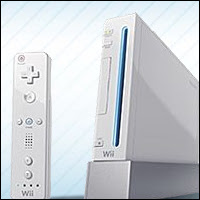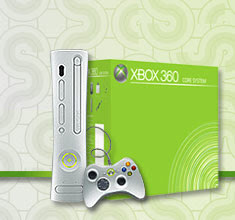
New console releases from Microsoft, Sony, and Nintendo will determine the future of video games for the next half decade. Microsoft launched the Xbox 360 late in 2005 to get a head start on the competition--Sony and Nintendo will launch their new consoles this year. The Xbox 360 sports excellent hardware and a robust Xbox Live online platform, plus Microsoft has pockets deeper than the Mariana Trench. The PlayStation 3 will be just as powerful, with advanced Nvidia graphics, a custom-designed IBM Cell processor, and new Blu-ray drive technology. And Nintendo will have a new controller that bares a striking resemblance to a television remote control.
If there's one console manufacturer that marches to the beat of a different drummer, it has to be Nintendo. The originator of the modern console-gaming era has been a traditional player in every single console generation, first with the Nintendo Entertainment System, then with the Super NES, then with the Nintendo 64, and now with the Nintendo GameCube. But Nintendo promises that its next console system, the Wii, will be a major departure from the current console CPU and graphics-hardware arms race.
Instead of putting together an expensive box with impressive hardware specifications like the Xbox 360 or PlayStation 3, Nintendo decided to set its Wii system apart by offering innovative gameplay with a new motion-sensitive controller. The Wii's gyroscope controller will take users away from the gamepad interface and make game control more intuitive. For instance, we're used to pressing buttons in a certain sequence to cast a line in a fishing game, but on the Wii, expect to pull the controller back and then whip it forward in a real casting motion to get that line out. It's this kind of gameplay that will make the Wii completely different from the Xbox 360 and the PlayStation 3.
More....
The Wii by gamespot


